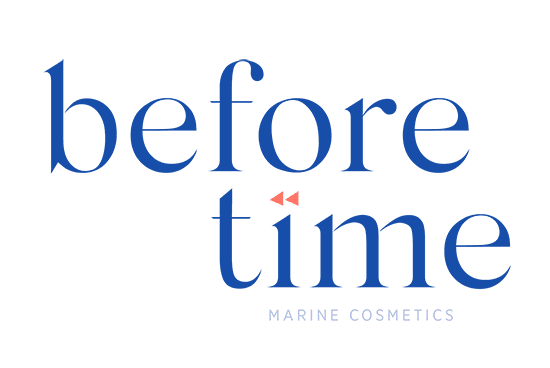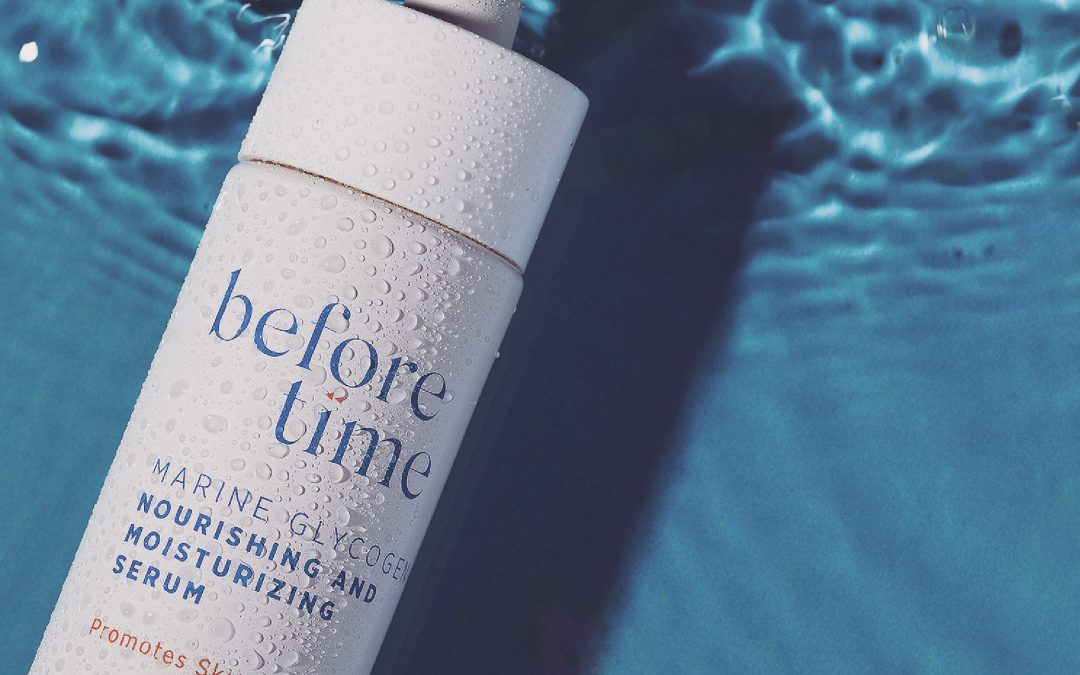Step Five:
The outermost layer of the skin is called the stratum corneum and it is mostly made of water and lipids. When levels of these components go down, the skin’s protective barrier is diminished. So, it is important to use the right concentration of these components to prevent water loss, external aggressions, and protect skin from potential infections.
If you do not use irritants properly, the amount of water and lipids in the skin will drop, altering the skin’s protective barrier and causing it to become dehydrated, duller, and more prone to peeling. There are more and more cases of sensitive skin out there, and this is due to improper use of retinoids, alpha hydroxy acids, and depigmenting agents, which can alter the skin’s protective barrier. If the barrier stays altered for a long period of time, this can cause dermatitis or post-inflammatory hyperpigmentation.
So, it’s important to use those compounds responsibly to avoid damaging the skin. Start using these ingredients in low concentrations and space usage out over time (for instance, two or three times per week) and increase use and concentration when the skin stops getting irritated from use.
After you apply these ingredients, apply products with humectant (hyaluronic, panthenol, urea, lactic acid) and fatty ingredients (oils, ceramides, and fatty acids) to get the skin’s protective barrier back up and running.
It is worth noting that oily skin is often dehydrated. Don’t forget to moisturize oily, acne-prone skin as well. This kind of skin requires specially-adapted cleansing and moisturizing products.





